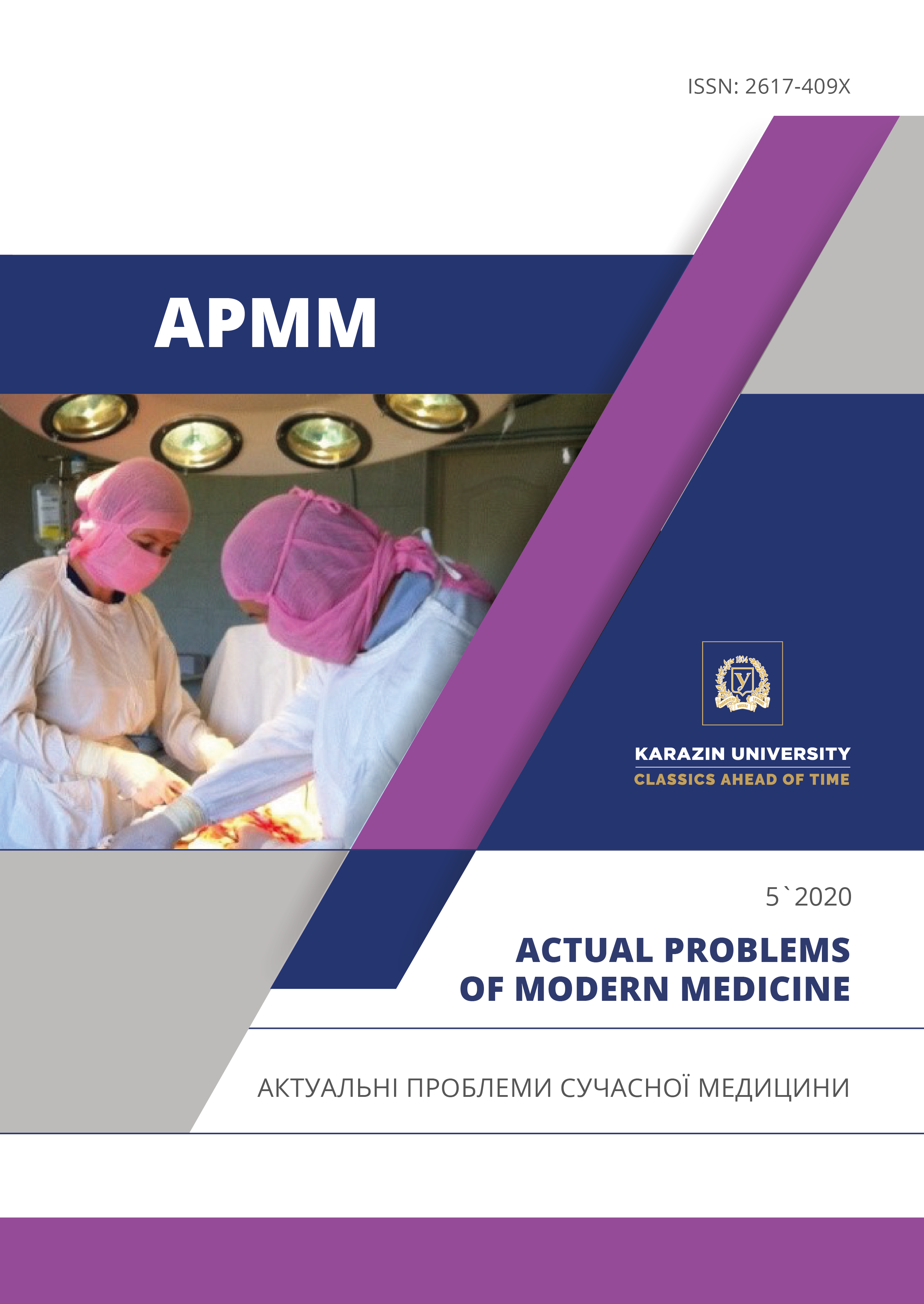Особливості післяопераційної терапії у хворих на цукровий діабет ІІ типу
Анотація
Цукровий діабет (ЦД) II типу є найбільш поширеним захворюванням в світі. Згідно даним Міжнародної федерації діабету, в світі хворіють на ЦД більш, ніж 425 млн. людей. Захворювання супроводжується прогресуючим ураженням макроциркуляторного судинного русла, оскільки у цієї категорії хворих ризик розвитку атеросклерозу в 4-5 разів вище, ніж у хворих без ЦД. Це в свою чергу приводить до таких ускладнень, як сліпота, інсульти, ураження судин кінцівок та хронічна ниркова недостатність (ХНН), яка найчастіше є провідною причиною смерті хворих. Виникнення у хворого будь-якого запального процесу на фоні ЦД суттєво обтяжує стан хворого, оскільки резерви організму знижені, особливо при наявності ХНН. Необхідність в ургентному оперативному втручанні у хворого з запальним процесом на фоні ЦД являє собою ще один стресовий фактор. Крім того, пацієнти з ЦД знаходяться на постійному прийомі гіпоглікемічних препаратів, дія яких в умовах стресової ситуації для хворого не завжди передбачувана и тому вони повинні бути відмінені. Однак при наявності у хворого ХНН та тривалого використання препаратів їх дія миттєво не припиняється. Поєднання всіх вище вказаних факторів приводить до того, що ці хворі попадають до високої групи ризику розвитку тяжких ускладнень, які потребують проведення інтенсивної терапії (ІТ). Такими ускладненнями в ранньому післяопераційному періоді можуть бути лактат-ацидоз, стійка гіпоглікемія, електролітні розлади, набряк мозку. Конкретний клінічний випадок ілюструє патогенез розвитку таких станів та методи ІТ. Зроблені висновки відносно необхідності пильної уваги анестезіологів та лікарів інтенсивної терапії при проведенні інтраопераційної терапії у хворих на ЦД, які мають ХНН та для контролю глікемії використовували метформін.
Завантаження
Посилання
Order of the Ministry of Health of December 21, 2012 № 1118 “TYPE 2 DIABETES MELLITUS. Adapted, proven evidence-based guidance. https://dec.gov.ua/wp-content/uploads/2019/11/2012_1118akn.pdf
Demidova, Yu., Gorohova, T.V. (2009). Mechanism of Action and Clinical Use of Metformin (siofor®): Review of Literature. Farmateka, 17, 10-15. https://pharmateca.ru/en/archive/article/7645
Miller, R. A., Chu, Q., Xie, J., Foretz, M., Viollet, B. and Birnbaum, M. J. (2013). Biguanides suppress hepatic glucagon signaling by decreasing production of cyclic AMP. Nature, 494, 256–260. DOI: 10.1038/nature11808
Severin, E. S. (2004). Biologicheskaya. Khimiya. Moskva: Hэotar-plius. 779с. http://biochem.vsmu.edu.ua/biochem_common_u/severin_biologicheskaya_khimiya.pdf
Pratley, R. E., Gilbert, M. (2015). Clinical management of elderly patients with type 2 diabetes mellitus. Postgrad Med, 1, 133–43. DOI: 10.3810/pgm.2012.01.2526
Morgunov, L. Yu. (2017). Therapy of Type 2 Diabetes Mellitus in Elderly Patients: Risks and Prospects. Research and Practical Medicine Journal, 4, 110-124. DOI: 10.17709/2409-2231-2017-4-4-12




